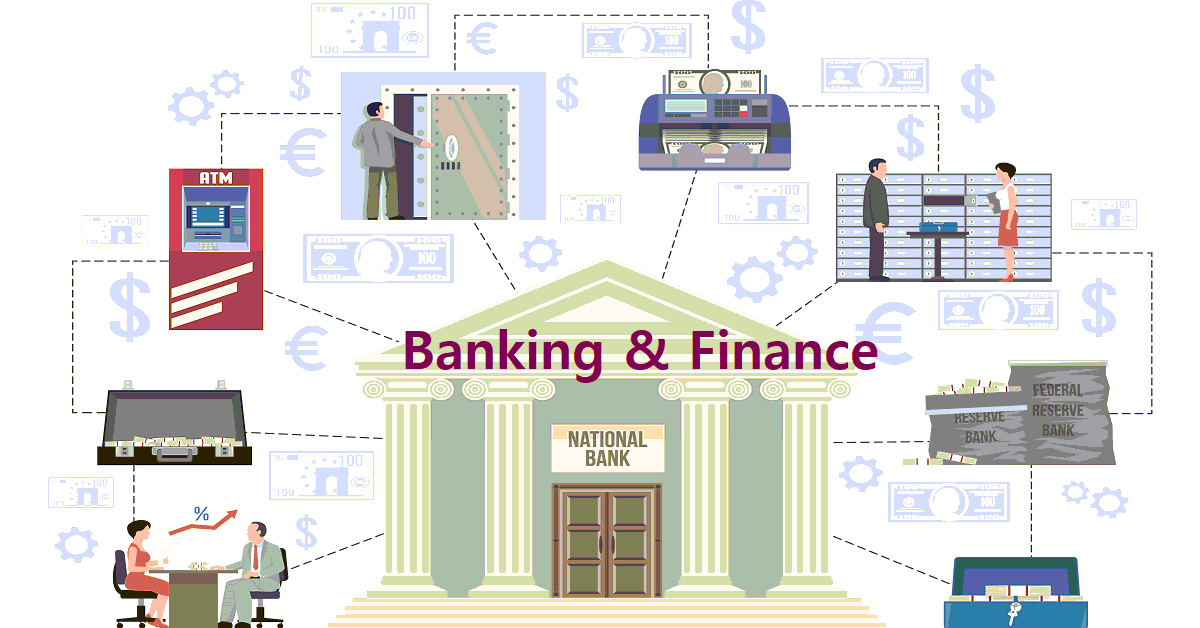
Banking crime, also known as financial fraud, has been a persistent challenge for the banking sector and financial institutions. Despite the measures in place, criminals continue to devise new methods to carry out their illegal activities, resulting in billions of dollars in losses every year. The purpose of this article is to provide an in-depth understanding of the challenges of banking crime and educate the target audience on the measures to detect and prevent fraud. We will also highlight the limitations of existing anti-fraud measures and showcase the emerging technologies and best practices for enhancing security in the banking sector.
Types of Banking Fraud and Their Trends:
There are various types of banking fraud that financial institutions face, including but not limited to, credit card fraud, ATM fraud, check fraud, and wire transfer fraud. In recent years, there has been a significant increase in online banking fraud, as criminals exploit the increasing use of digital banking services. A report by the European Banking Authority shows that online banking fraud losses increased by 31% in 2018, compared to the previous year.
Current Measures for Detection and Prevention of Banking Fraud:
Financial institutions have put in place various measures to detect and prevent fraud, including using anti-fraud software, training employees, and implementing security protocols such as two-factor authentication. However, these measures are not foolproof, and criminals continue to find ways to bypass them. In addition, the increasing use of digital banking services has led to a rise in cybercrime, making it even more challenging for financial institutions to detect and prevent fraud.
Limitations of Existing Measures:
Existing measures for detecting and preventing banking fraud have several limitations. For example, anti-fraud software is only as effective as its ability to recognize fraudulent activity, and criminals are constantly finding ways to bypass it. Training employees is also a time-consuming and costly process, and it can be challenging to keep employees updated on the latest fraud techniques. Additionally, security protocols such as two-factor authentication can be vulnerable to social engineering attacks, where criminals trick employees into revealing their security codes.
Emerging Technologies for Combatting Banking Crime:
To address the limitations of existing anti-fraud measures, several emerging technologies are being developed and implemented in the banking sector. These include artificial intelligence (AI) and machine learning, blockchain technology, and biometrics. AI and machine learning can analyze vast amounts of data to identify patterns of fraudulent activity, making it easier for financial institutions to detect and prevent fraud. Blockchain technology provides a secure and decentralized platform for transactions, reducing the risk of fraud. Biometrics, such as facial recognition and fingerprint scanning, provide a secure and convenient method for authenticating users, reducing the risk of identity theft.
Best Practices for Enhancing Security in the Banking Sector:
In addition to implementing emerging technologies, financial institutions can also follow best practices to enhance security in the banking sector. These include regularly updating anti-fraud software, providing ongoing training for employees, and implementing security protocols such as encryption and firewalls. It's also important for financial institutions to collaborate with regulators, law enforcement, and other stakeholders to share information and best practices on countering financial crime.
Conclusion:
Banking crime continues to pose a significant challenge for the banking sector and financial institutions. While existing measures for detecting and preventing fraud have limitations, the use of emerging technologies and best practices can enhance security in the banking sector. It's essential for financial institutions to stay updated on the latest trends in banking crime and to collaborate with other stakeholders to counter financial crime. By providing the target audience with an in-depth understanding of the challenges of banking crime, this article aims to educate and inform professionals in the banking sector and the general public interested in financial literacy.
Banking and Finance




